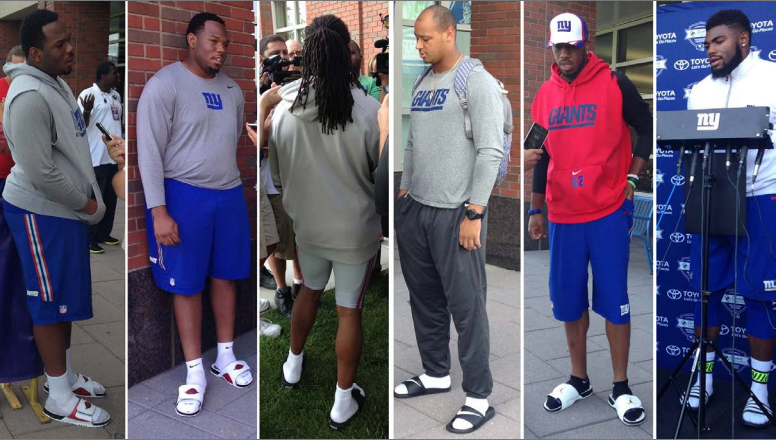

In February, Perry beat Pat Hughes in the final of the Kingston championships in Jamaica. The following week, Perry beat Bernard in the final of the Flanders club event in Roubaix. In January, Perry won the Coupe de Noel in Paris beating Marcel Bernard and Jean Borotra. In November, Perry beat Olliff in the final of the Cromer covered court autumn championships. In August, Perry won the Eastern grasscourt championships in Rye, New York beating Cliff Sutter in the semis and J. In April, Perry beat Ryuki Miki in the final of the Paddington championships in London. In November, Perry beat Eric Peters in the final of the Argentine championships in Buenos Aires. Perry won the Middlesex championships in May beating Madan Mohan in the final and the same month won the Harrogate championships beating John Olliff in the final. He also won Queens Evening Tournament in December in Queens Club, London, beating Horace Lester in the final. He won the New Malden championships in August beating Wilfred Freeman in the final. In 1929, a year when Perry won the World Table tennis championships, he continued his tennis career. He also reached the semi finals of the Sidmouth tournament in September. Perry reached the semi finals at the Herga club tournament in Harrow in July. He also reached the semi finals at New Malden. He reached several quarter finals of tennis events in the London area at Herga club in Harrow, Blackheath, Fulham and Ealing.

Perry was an eighteen year old table tennis protege when he began his tennis career. įurther information: Fred Perry Grand Slam recordĭuring his amateur playing career Perry trained with Arsenal football club to focus on his fitness. In 1984, a statue of Perry was unveiled at Wimbledon, and in the same year he became the only tennis player listed in a survey of 2,000 Britons to find the "Best of the Best" British sportsmen of the 20th century.
PRO PLAYER CLOTHING FULL
ĭespite his unprecedented contribution to British tennis, Perry was not accorded full recognition by tennis authorities until later in life, because between 19 the International Lawn Tennis Federation ignored amateur champions who later turned professional. In 1942, he was drafted into the US Army Air Force during the Second World War.
PRO PLAYER CLOTHING PROFESSIONAL
But due to his disillusionment with the class-conscious nature of the Lawn Tennis Club of Great Britain, the working-class Perry turned professional at the end of the 1936 season and moved to the United States where he became a naturalised US citizen in 1939. In 1933, Perry helped lead the Great Britain team to victory over France in the Davis Cup the team's first success since 1912, followed by wins over the United States in 1934, 1935, and a fourth consecutive title with victory over Australia in 1936. He began playing tennis aged 14 and his tennis career at 21, when in 1930 an LTA committee chose him to join a four-man team to tour the United States. Perry's first love was table tennis and he was World Champion in 1929. He remains the only British player ever to achieve this.

Perry was the first player to win a " Career Grand Slam", winning all four singles titles, which he completed at the age of 26 at the 1935 French Championships. Prior to Andy Murray in 2013, Perry was the last British player to win the men's Wimbledon championship, in 1936, and the last British player to win a men's singles Grand Slam title, until Andy Murray won the 2012 US Open. Perry won three consecutive Wimbledon Championships from 1934 to 1936 and was World Amateur number one tennis player during those three years.
PRO PLAYER CLOTHING PRO
1 from England who won 10 Majors including eight Grand Slam tournaments and two Pro Slams single titles, as well as six Major doubles titles.

For other people named Fred Perry, see Fred Perry (disambiguation).įrederick John Perry ( – 2 February 1995) was a British tennis and table tennis player and former world No.


 0 kommentar(er)
0 kommentar(er)
